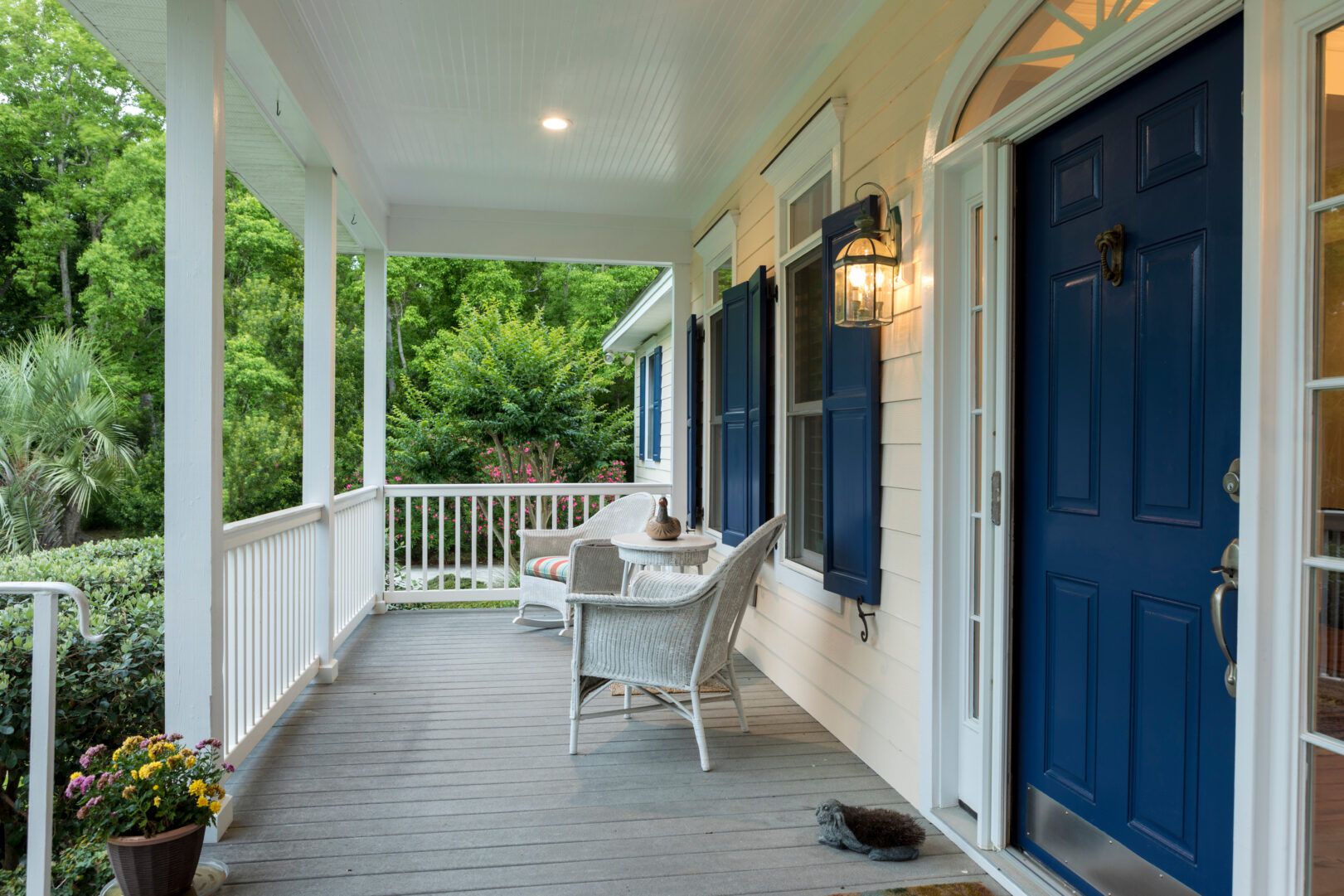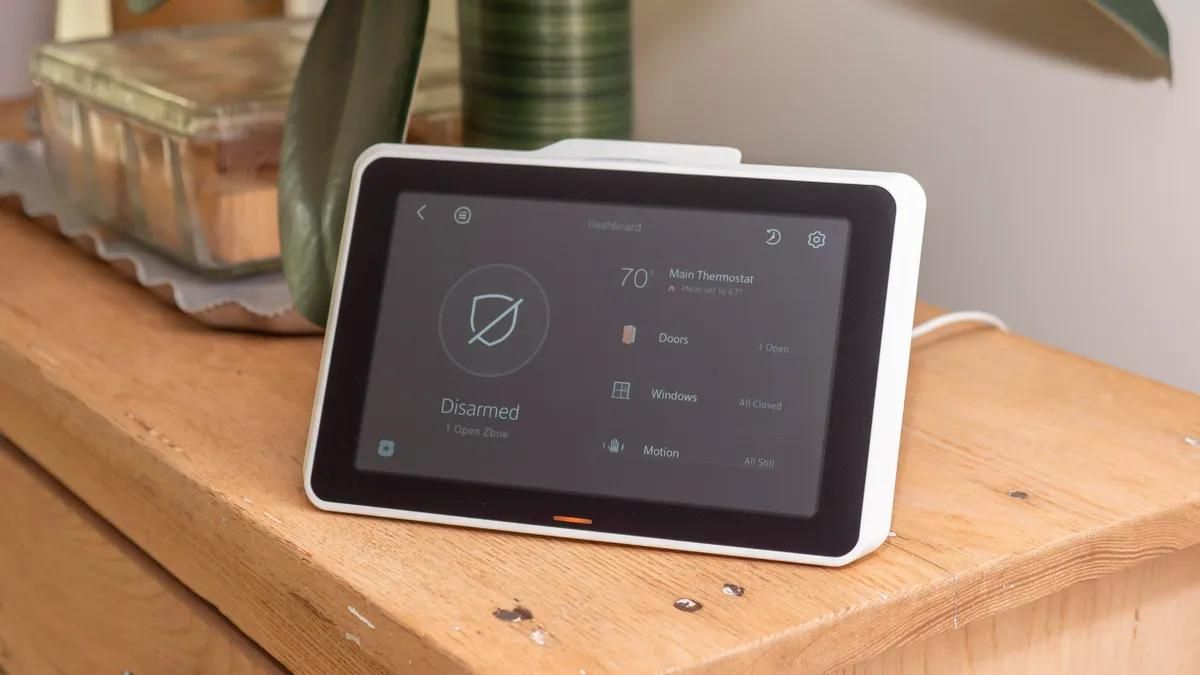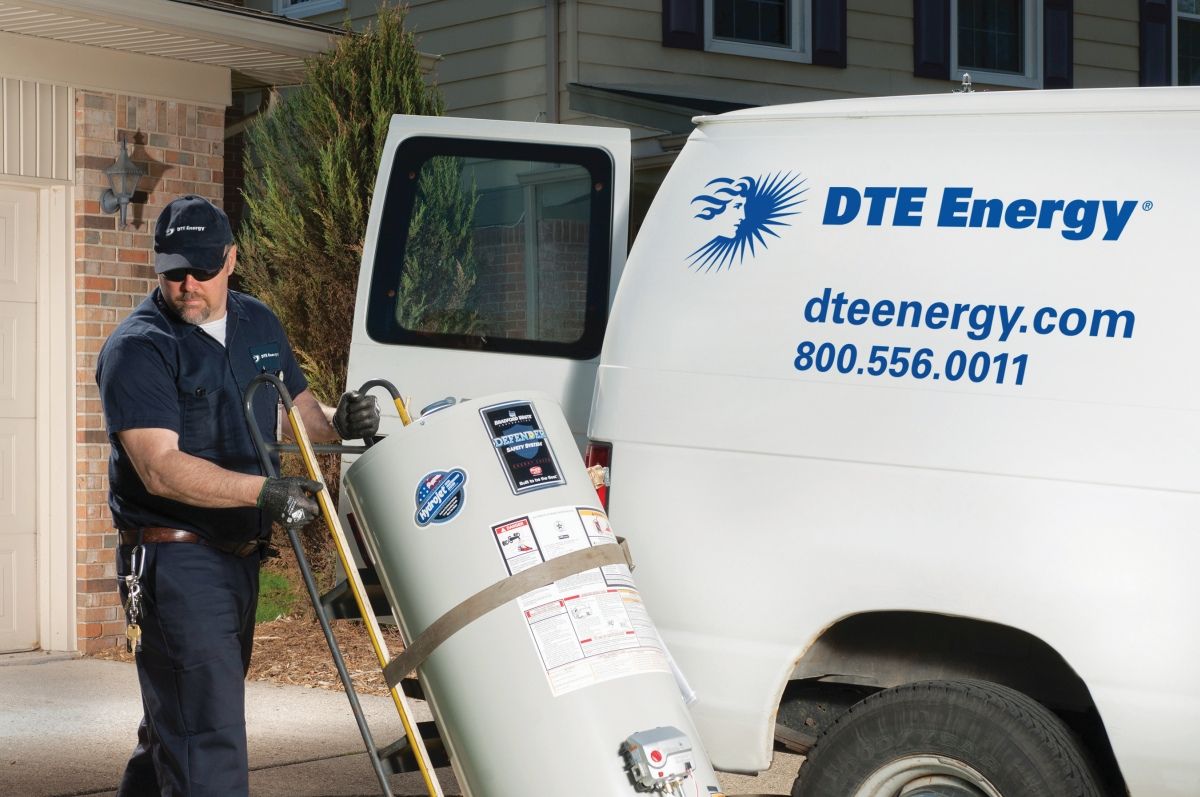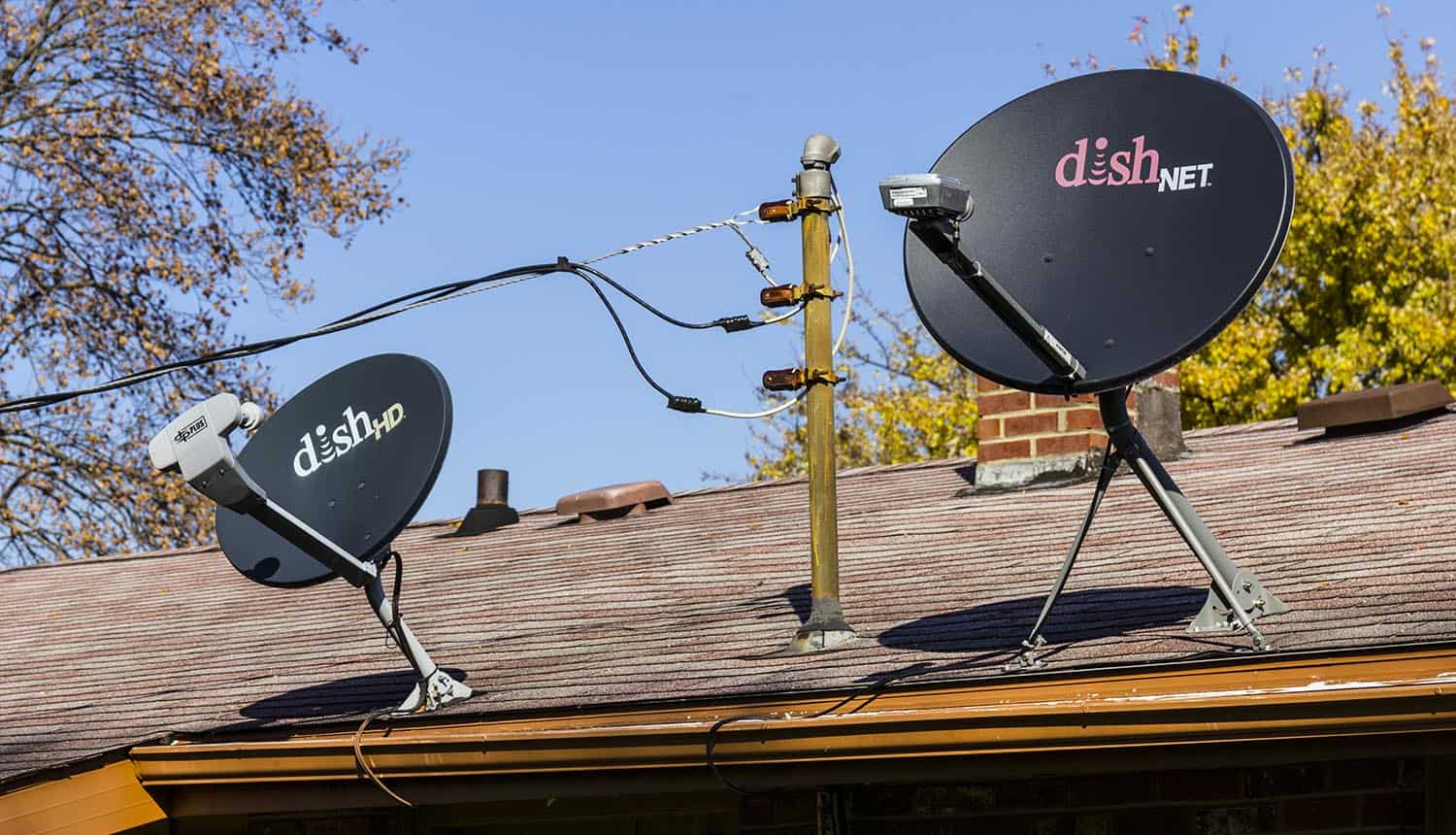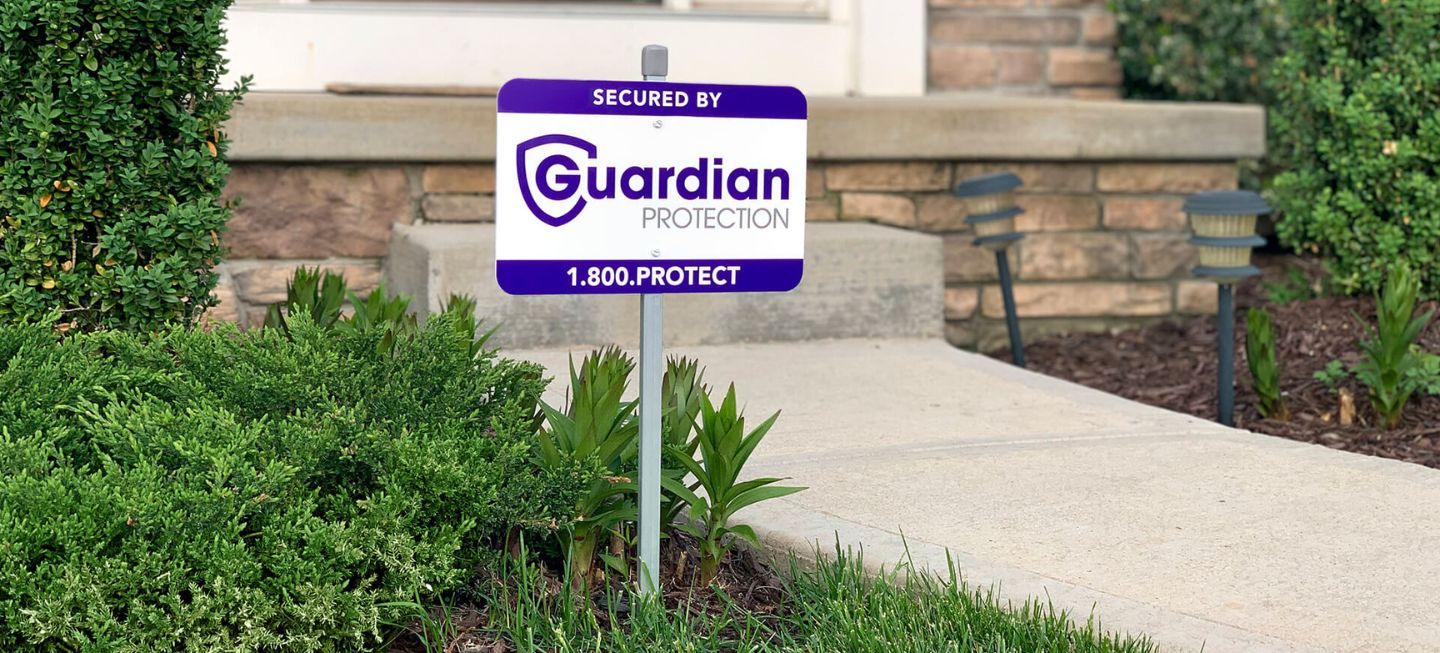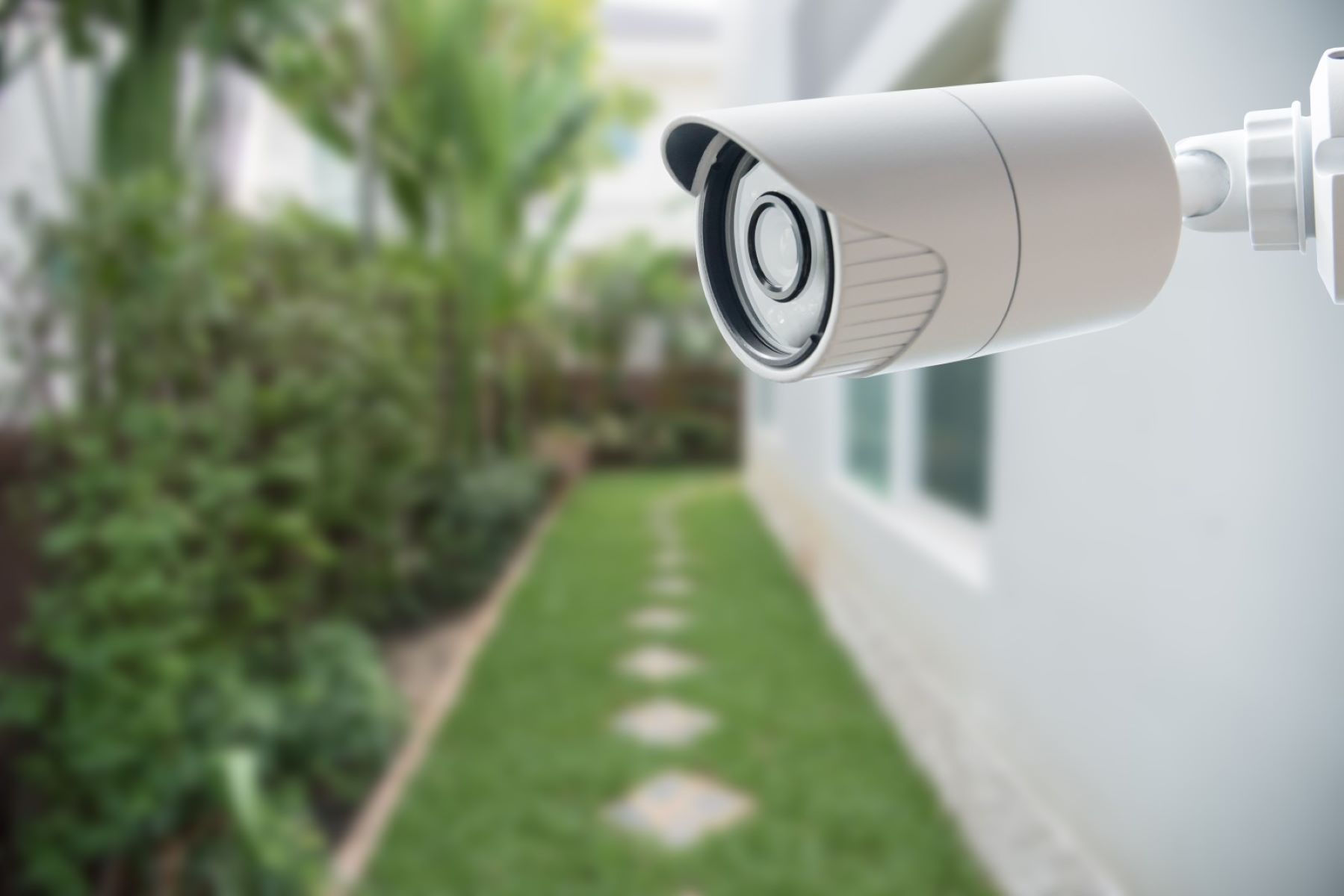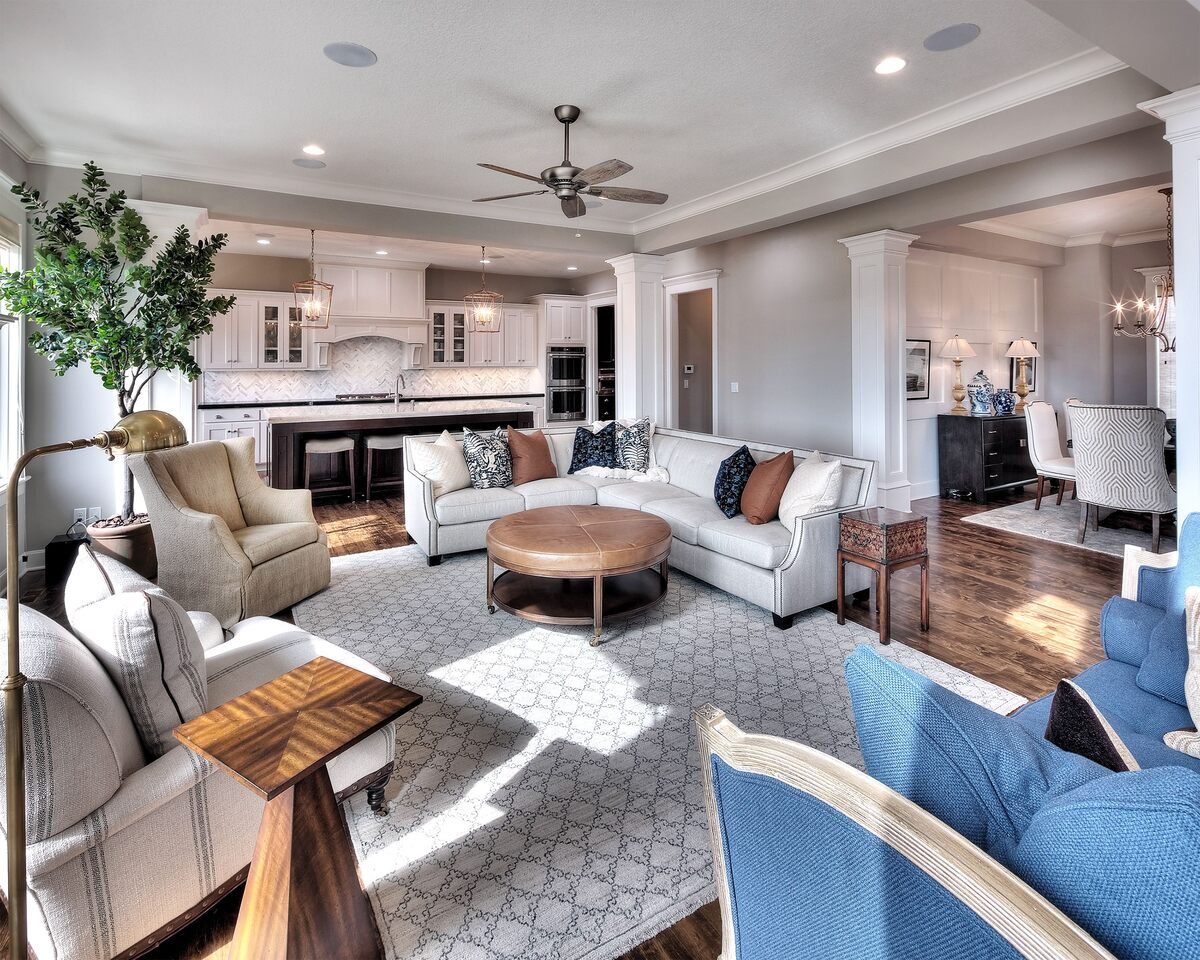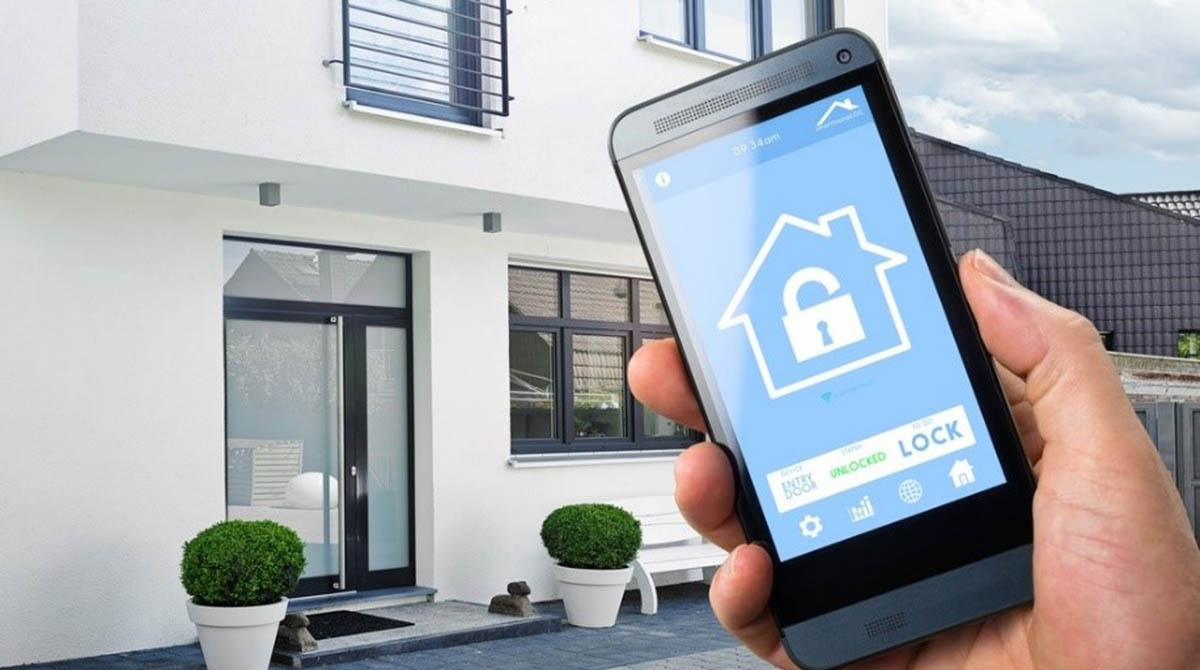Home>Home Security and Surveillance>How Much For A Home Protection Plan


Home Security and Surveillance
How Much For A Home Protection Plan
Modified: March 6, 2024
Get a home protection plan for enhanced home security and surveillance. Find out the cost of our reliable and affordable packages today.
(Many of the links in this article redirect to a specific reviewed product. Your purchase of these products through affiliate links helps to generate commission for Storables.com, at no extra cost. Learn more)
Introduction
When it comes to safeguarding your home and loved ones, having a comprehensive security and surveillance system in place is paramount. With the advancements in technology, home protection plans have become increasingly popular, offering a range of services designed to keep your home and family safe.
But what exactly is a home protection plan? How does it work, and what are the benefits? In this article, we will delve into the world of home security and surveillance, exploring the coverage and benefits of these plans, the factors that influence the cost, and how you can compare different options to make an informed decision.
A home protection plan is a comprehensive security package that includes a combination of various services and devices to protect your home from different threats, such as burglaries, break-ins, fire, and environmental hazards. The goal is to offer round-the-clock security and peace of mind for homeowners.
These plans typically encompass a combination of home security systems, surveillance cameras, motion sensors, door and window sensors, and alarm systems. They are designed to work together seamlessly, providing a layered security system that efficiently monitors and protects your home.
One of the key advantages of a home protection plan is the 24/7 monitoring it provides. Professional monitoring centers are constantly monitoring your home’s security system. In the event of an emergency, they can quickly mobilize the appropriate response, whether it’s notifying the authorities or dispatching security personnel to your home.
In addition to the security aspects, home protection plans can also include features such as home automation systems, smart locks, and video doorbells, allowing you to control and monitor your home remotely. This level of convenience and control further enhances the overall security and functionality of your home.
Furthermore, home protection plans often come with additional benefits such as insurance coverage for property damage or theft, reimbursement for stolen items, and even discounts on home insurance premiums. These added perks can provide significant financial protection and savings for homeowners.
Now that we have a general understanding of what a home protection plan is and the benefits it offers, let’s take a closer look at the coverage and benefits provided by these plans in the next section.
Key Takeaways:
- Protect your home with a comprehensive home protection plan that includes 24/7 monitoring, burglary and fire protection, and remote access for peace of mind and round-the-clock security.
- When choosing a home protection plan, consider factors like equipment quality, monitoring services, and contract terms to make an informed decision that meets your security needs and budget.
Read more: What Is A Home Protection Plan
What is a Home Protection Plan?
A home protection plan, also known as a home security plan or home surveillance plan, is a comprehensive security system that combines various devices, services, and technologies to safeguard your home and loved ones. It provides round-the-clock monitoring, rapid response to emergencies, and peace of mind for homeowners.
These plans typically include a combination of security devices such as cameras, sensors, alarm systems, and motion detectors. These devices are strategically placed throughout your home to provide maximum coverage and protection.
One of the key components of a home protection plan is the security system itself. This can include a central control panel, which acts as the hub for all connected devices. It allows you to arm or disarm the system, receive alerts, and control various functions of your security system.
Surveillance cameras are another integral part of a home protection plan. These cameras can be placed both indoors and outdoors to monitor activity in and around your home. They can provide real-time video feeds, recordings, and alerts when motion is detected.
In addition to cameras, various sensors are used to detect movement, vibration, or changes in temperature and humidity. These sensors are placed on doors, windows, and other entry points to detect any unauthorized access or suspicious activities.
Once the security system detects a potential threat or breach, it sends a signal to a monitoring center staffed by trained professionals. These professionals can immediately assess the situation and take appropriate action. They can contact emergency services, notify you or a designated emergency contact, and dispatch security personnel to your location if necessary.
Furthermore, home protection plans often come with features that enhance convenience and control for homeowners. These can include home automation systems that allow you to remotely control various aspects of your home, such as lighting, temperature, and door locks.
Some home protection plans also offer additional services such as smoke and carbon monoxide detection, water leak monitoring, and even medical alert systems. These features provide comprehensive protection not only against burglary and vandalism but also against other potential hazards.
In summary, a home protection plan is a comprehensive security system that combines various devices, services, and technologies to protect your home and loved ones. It provides round-the-clock monitoring, rapid response to emergencies, and additional features that enhance convenience and control. With a home protection plan in place, you can have peace of mind knowing that your home is secure and protected at all times.
Coverage and Benefits of a Home Protection Plan
A home protection plan offers a wide range of coverage and benefits that help ensure the safety and security of your home. Let’s explore some of the key aspects of these plans:
- 24/7 Monitoring: One of the most significant benefits of a home protection plan is the 24/7 monitoring it provides. Dedicated monitoring centers are staffed with highly trained professionals who continuously monitor your home’s security system. In the event of an emergency, they can quickly respond by contacting the appropriate authorities or dispatching security personnel to your home.
- Burglary and Intrusion Protection: Home protection plans offer a comprehensive security system that safeguards your home against burglaries and intrusions. This includes features such as alarm systems, surveillance cameras, and sensors on doors and windows. These devices work together to detect unauthorized access and alert you and the monitoring center of any suspicious activity.
- Fire and Smoke Detection: Many home protection plans include fire and smoke detection features. These devices can detect the presence of smoke or rapidly increasing temperatures, allowing for early detection of a fire. When triggered, the system can automatically notify the monitoring center and emergency services, helping to minimize damage and save lives.
- Environmental Hazard Monitoring: Some home protection plans also offer monitoring for environmental hazards such as carbon monoxide leaks and water leaks. Carbon monoxide detectors can quickly alert you to the presence of this odorless and dangerous gas, while water leak detectors can notify you if there is a leak that could cause damage to your property.
- Remote Access and Control: Many home protection plans provide remote access and control through smartphone apps or web interfaces. This allows you to arm or disarm your security system, view live video feeds from surveillance cameras, and control various aspects of your home such as lighting, thermostats, and door locks. This level of control gives you the flexibility and convenience to manage your home’s security even when you are away.
- Insurance Coverage and Discounts: Some home protection plans offer additional benefits such as insurance coverage for property damage or theft. This can provide financial protection in the unfortunate event of a break-in or other covered incidents. Additionally, having a home protection plan in place may make you eligible for discounts on your home insurance premiums, potentially saving you money in the long run.
Overall, a home protection plan offers comprehensive coverage and a multitude of benefits to keep your home and loved ones safe. With features like 24/7 monitoring, burglary protection, fire and smoke detection, environmental hazard monitoring, remote access and control, and potential insurance coverage and discounts, these plans provide peace of mind and ensure that your home is protected around the clock.
Cost of a Home Protection Plan
The cost of a home protection plan can vary depending on several factors. It’s important to understand these factors so that you can make an informed decision when selecting a plan that fits your needs and budget.
1. Equipment Costs: The cost of the security equipment itself is a significant factor. This includes cameras, sensors, alarm systems, control panels, and other devices. Some companies offer equipment bundles or packages that may provide cost savings compared to purchasing the equipment individually.
2. Installation Costs: Depending on the type of system you choose, professional installation may be required. This can incur additional costs, as technicians will need to install the devices and ensure they are properly connected and configured. Some companies offer DIY installation options, which can help reduce installation costs.
3. Monthly Monitoring Fees: Most home protection plans include a monthly monitoring fee. This fee covers the 24/7 monitoring service provided by the security company’s central monitoring center. The monitoring fee can vary depending on the level of service and the features included in the plan. It’s important to compare the monitoring fees of different providers to find the best value for your needs.
4. Add-On Services: Some home protection plans offer additional services or features that can be added to the basic package. These may include fire and smoke monitoring, environmental hazard detection, and home automation services. Adding these services will increase the overall cost of the plan.
5. Contract Length: Some providers offer discounted pricing for signing a long-term contract, typically for one to three years. While this can help reduce the monthly costs, it’s important to consider your commitment to the plan and any potential cancellation fees before signing a long-term contract.
6. Upfront Costs: It’s important to consider any upfront costs associated with the home protection plan. These may include equipment costs, installation fees, activation fees, and any other charges that may apply at the beginning of the contract.
7. Additional Fees: Be aware of any additional fees that may be charged in certain situations, such as false alarms or changes to the system. These fees can vary depending on the provider, so it’s important to read the fine print and understand the terms and conditions of the contract.
When comparing the cost of home protection plans, it’s essential to consider the level of coverage, services, and features included in each plan. A lower-priced plan may offer fewer features or have limitations compared to a higher-priced plan. It’s important to evaluate your specific security needs and budget to find a plan that offers the optimal balance of cost and coverage.
Remember, investing in a comprehensive home protection plan is an essential step in safeguarding your home and ensuring the safety of your loved ones. While there may be upfront and ongoing costs associated with these plans, the peace of mind and security they provide are well worth the investment.
When considering a home protection plan, be sure to compare the coverage and cost from multiple providers. Look for plans that cover major systems and appliances to get the best value for your money.
Factors that Influence the Cost
Several factors can influence the cost of a home protection plan. Understanding these factors will help you gauge the overall price of the plan and find the best option for your budget. Here are some key factors to consider:
- Type of System: The type of home protection system you choose will significantly impact the cost. Traditional wired systems typically require professional installation, which can add to the upfront cost. On the other hand, do-it-yourself (DIY) wireless systems are generally more affordable as they don’t require professional installation.
- Level of Coverage: The extent of coverage you require will affect the cost of the plan. Consider the size of your home, the number of entry points, and the areas you want to monitor. Larger homes or those with multiple entry points may require more devices and sensors, which can increase the overall cost.
- Quality of Equipment: The quality of the security equipment can impact the cost of the plan. High-quality cameras, advanced sensors, and reliable alarm systems may come at a higher price. However, investing in top-notch equipment is crucial for ensuring the effectiveness and reliability of your home protection system.
- Monitoring Services: The level of monitoring services you choose will affect the cost. Basic plans with standard monitoring services are typically less expensive compared to plans with advanced monitoring features such as real-time video monitoring or smartphone alerts. Consider the level of monitoring that aligns with your security needs and budget.
- Contract Length: Many home protection plans offer different contract options, typically ranging from one to three years. Longer contract lengths often come with discounted rates, while shorter contracts may have higher monthly costs. Consider the length of commitment you are comfortable with and factor in any potential cancellation fees.
- Additional Services: Some home protection plans offer additional services that can be added to the base plan. These services, such as environmental monitoring (e.g., smoke and carbon monoxide detection) or home automation features, usually come at an extra cost. Consider whether these additional services align with your needs and budget.
- Provider Reputation: The reputation and experience of the home protection plan provider can influence the cost. Established and reputable companies may charge higher prices for their services due to their track record and quality offerings. It’s essential to research and compare different providers to find a reliable option that fits your budget.
- Location: The location of your home can also impact the cost of a home protection plan. Prices may vary depending on local market conditions, competition, and the cost of living in your area. Be sure to research and compare prices from different providers operating in your region.
It’s important to carefully evaluate these factors and assess your specific security needs when considering the cost of a home protection plan. While you want to find a plan that fits your budget, it’s crucial to prioritize the quality and effectiveness of the system to ensure the safety and security of your home and loved ones.
Read more: What Is An ERA Home Protection Plan
Comparing Different Home Protection Plans
When selecting a home protection plan, it’s essential to compare different options to find the best fit for your needs and budget. Here are some key factors to consider when comparing different home protection plans:
- Coverage: Evaluate the coverage provided by each plan. Consider the types of threats the plan protects against, such as burglaries, fire, and environmental hazards. Ensure that the plan offers comprehensive coverage that aligns with your specific security requirements.
- Equipment: Assess the quality and reliability of the equipment included in each plan. Look for reputable brands and ensure that the devices offered are suitable for your home’s size and layout. Consider factors like the number of cameras, sensors, and control panels provided with each plan.
- Monitoring Services: Compare the level of monitoring services offered by different providers. Look for features like 24/7 monitoring, immediate response to emergencies, and professional monitoring centers. Evaluate whether the provider has its own monitoring center or outsources this service to a third party.
- Additional Services: Consider any additional services offered by the home protection plans. This can include features like environmental monitoring (e.g., smoke detection, carbon monoxide detection) or home automation capabilities. Choose a plan that offers the additional services you need to enhance your home’s security and convenience.
- Cost and Pricing: Compare the cost and pricing structure of each plan. Consider factors such as equipment costs, installation fees, monthly monitoring fees, and any additional costs or fees. Look for transparent pricing and evaluate the value provided by each plan in relation to its cost.
- Contract Terms: Review the contract terms for each plan. Consider the length of the contract, any cancellation fees, and the provider’s policy on relocating the system if you move. Look for flexible contract options and choose a provider that aligns with your desired contract length and conditions.
- Customer Reviews and Reputation: Research customer reviews and the reputation of different home protection plan providers. Look for feedback on factors like customer service, reliability, and responsiveness. Consider the provider’s track record and longevity in the industry.
- Customer Support: Assess the level of customer support provided by each plan. Look for options like 24/7 customer support, technical assistance, and ease of reaching customer service representatives. Reliable customer support is crucial for quick resolution of any issues or concerns.
By carefully comparing these factors among different home protection plans, you can make an informed decision and select a plan that suits your needs and preferences. Take the time to evaluate each plan thoroughly and consider seeking recommendations from trusted sources or consulting with home security professionals.
Remember, selecting the right home protection plan is vital for ensuring the safety and security of your home and loved ones. Investing the time and effort to compare different plans will help you make a well-informed choice and provide you with the peace of mind you deserve.
Making an Informed Decision
Choosing a home protection plan requires careful consideration to ensure you select the right option for your needs. By following these steps, you can make an informed decision:
- Assess Your Security Needs: Start by evaluating your specific security requirements. Consider factors such as your home’s size, layout, and potential vulnerabilities. Identify the threats you want to protect against, such as burglaries, fire, or environmental hazards. This assessment will help you determine the level of coverage and features you need in a home protection plan.
- Research and Compare Providers: Look for reputable home protection plan providers in your area. Research their offerings, services, and pricing structures. Read customer reviews and seek recommendations from friends, family, or trusted sources. Compare multiple providers to get a clear understanding of their reputation and the quality of their services.
- Request Quotes and Proposals: Contact the home protection plan providers and request quotes or proposals. Provide them with your security needs and ask for a detailed breakdown of the costs involved, including equipment, installation, and monthly fees. Compare the quotes, ensuring you consider both the upfront and ongoing costs.
- Evaluate Contract Terms: Carefully review the contract terms of each plan. Pay attention to the length of the contract, cancellation fees, and any other contractual obligations. Choose a plan with contract terms that align with your preferences and offer flexibility if your circumstances change in the future.
- Consider Customer Support: Research the level of customer support offered by the providers. Look for options such as 24/7 customer service, technical assistance, and ease of reaching their support team. Reliable and accessible customer support is crucial for addressing any concerns or issues that may arise during the contract period.
- Weigh the Benefits and Features: Consider the coverage, benefits, and additional features offered by each home protection plan. Assess the value they bring based on your security needs and preferences. Look for features such as home automation, environmental monitoring, or insurance coverage that can enhance the overall value and protection provided by the plan.
- Seek Professional Consultation: If needed, consult with a home security professional who can provide expert guidance and recommendations based on your specific needs. They can help you navigate the various options available and offer insights that may not be readily apparent during your research.
By carefully assessing your needs, conducting thorough research, and comparing the offerings from different providers, you can make an informed decision when selecting a home protection plan. Remember to prioritize the quality of the equipment and services, as well as the reputation and customer support offered by the provider. Take the time to read the contract terms carefully to ensure they align with your expectations and budget.
Ultimately, selecting the right home protection plan will provide you with the peace of mind and security you desire for your home and loved ones. It’s an investment in safeguarding your property and creating a safe living environment.
Conclusion
Home protection plans offer homeowners a comprehensive security solution to safeguard their homes and loved ones. By combining advanced technology, 24/7 monitoring, and additional features, these plans provide peace of mind and ensure round-the-clock protection.
Throughout this article, we explored what a home protection plan entails, including its coverage and benefits. We discussed the factors that influence the cost of a plan and how to compare different options. We also highlighted the importance of making an informed decision by assessing security needs, evaluating providers, and considering contract terms and customer support.
When considering a home protection plan, it’s crucial to establish your security requirements, research reputable providers, and compare their offerings. Evaluate the coverage, equipment quality, and monitoring services offered. Consider additional features such as environmental monitoring or home automation, and ensure that the cost aligns with your budget.
By conducting thorough research, seeking quotes, and carefully reviewing contract terms, you can select a home protection plan that meets your needs and provides the level of security and convenience you desire. Remember, investing in the safety and security of your home is invaluable, and the peace of mind it brings is immeasurable.
In conclusion, a home protection plan is not just an expense, but an investment in the well-being of your home and the safety of your loved ones. With comprehensive coverage, advanced technology, and reliable monitoring, these plans provide the comfort and confidence needed to sleep soundly at night. Consider your security needs, compare providers, and make an informed decision that suits your specific requirements. Protecting your home is a responsibility and a priority, and a home protection plan is an essential part of that commitment.
Frequently Asked Questions about How Much For A Home Protection Plan
Was this page helpful?
At Storables.com, we guarantee accurate and reliable information. Our content, validated by Expert Board Contributors, is crafted following stringent Editorial Policies. We're committed to providing you with well-researched, expert-backed insights for all your informational needs.


